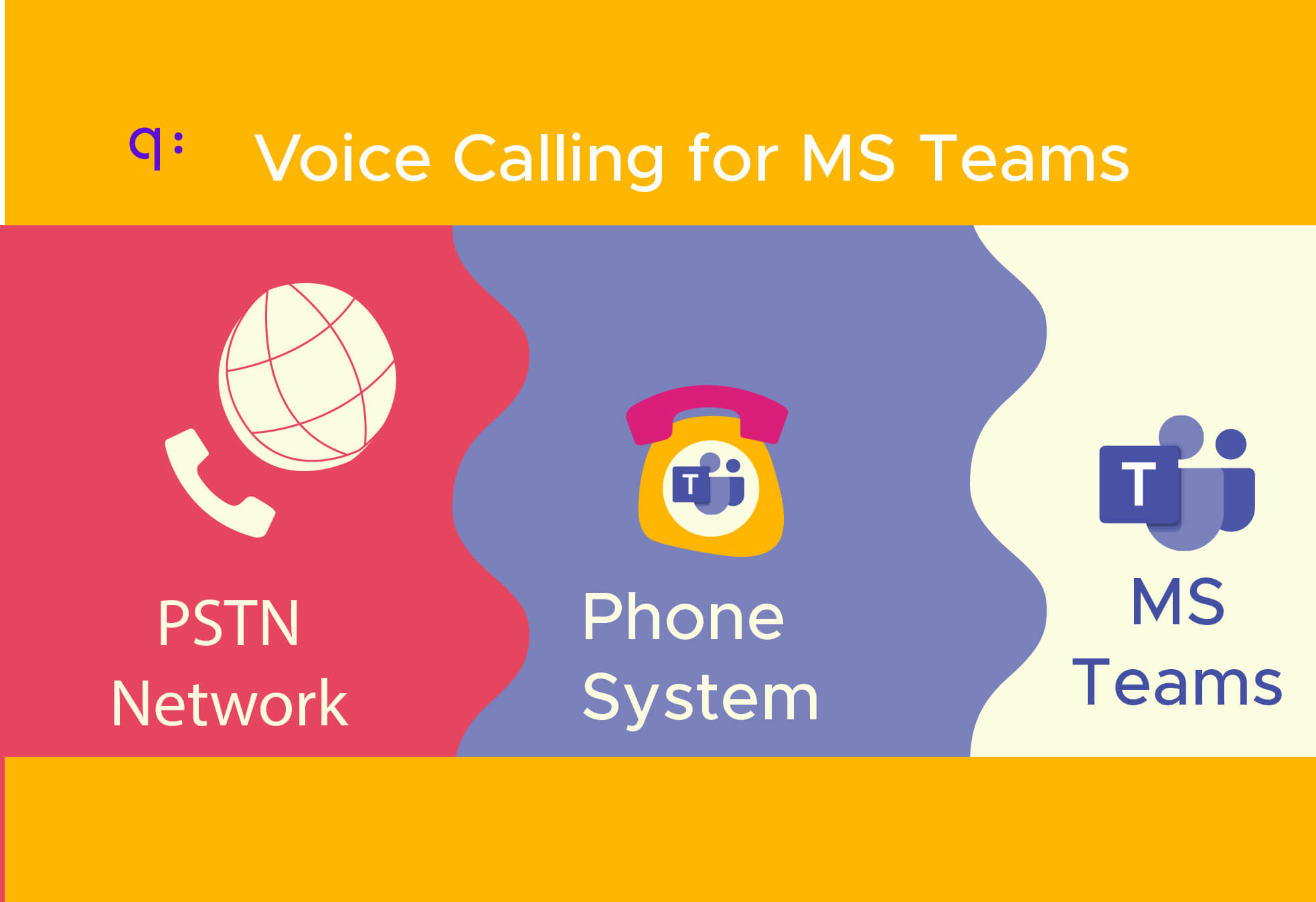Voice call solutions (PSTN) for MS Teams based on Microsoft Teams Phone
After the experience with Direct Routing, Microsoft came up with a third option that allows administrators to go beyond Microsoft’s Calling Plans offering, allowing them to choose from the management back office itself (Teams Operator Console), among several operators available in your region without having to take on the complexity of a Direct Routing project.
The offer of operators varies according to the region. Among the operators that have already signed up to Operator Connect, we can find BT , Orange, Verizon, T-Mobile…
Advantages and disadvantages of a strategy based on Operator Connect
From the company’s perspective, the main advantages of a strategy based on Operator Connect would be:
- Access to a greater offer in voice rates, even being able to maintain the rates already agreed with your current operator (as long as it is attached to the program).
- Possibility of contracting with different carriers for different users.
- This is a managed service so the complexity is transferred to the operator.
- It simplifies the network architecture, avoiding the use of redundant elements in different work centers (switchboards, SBC…).
- Reliability thanks to the direct pairing between the SIP Trunk infrastructure and MS Teams running everything on Azure technology (1:1 network).
- Deployment is quick and easy: in a few minutes you can connect your operator and assign phone numbers to users from the Teams Admin Centre.
Carrier perspective on strategies based on Operator Connect
All the advantages derived from the fact that it is a managed service implies that it will be the operator who has to assume that complexity that is eliminated on the company side.
Another issue that the operator must take into account is that by being part of this “marketplace” its offer is placed next to that of its direct competitors. It is a context that favors a lack of customer loyalty, and that ends up commoditizing the voice service, diluting the operator’s brand behind the Microsoft interface. Direct Routing was the first gesture of liberalization of the Microsoft Teams Phone by Microsoft, allowing companies to design their own infrastructure and decide which carriers to work with.
According to some studies, this has been the strategy chosen by more than 70% of the organizations that have adopted the voice call functionality in MS Teams.
Direct Routing is usually presented as the ideal UCaaS solution for companies looking for flexibility, advanced capabilities, global coverage and greater ability to negotiate with operators and more efficient investment management.
Advantages and disadvantages of a strategy based on Direct Routing
We can highlight the following advantages:
- In Direct Routing you pay per SIP trunk, which can be shared by several employees, since they are only used during the call. If we compare it with MS Calling Plans that require a dedicated call route for each employee, the savings using Direct Routing is close to 40% compared to Microsoft Calling Plans.
- Geographical availability: international offer and local PSTN coverage.
- BYOC: possibility of working with several operators. It is a good solution for “hybrid work”.
- Possibility of maintaining the advantages associated with the current contract with your operators.
- Access to functionalities and ad hoc integrations: from integration of business information through APIS, contact center systems, pbx, legacy network elements (fax, telephones…), call recordings integrated with CRM for sector organizations highly regulated like the financial sector.
- More personalized support from the operator, and communication alternatives even in case MS Teams goes down.
Among the main disadvantages of this strategy:
- Cost scalability conditioned by the need for licenses for both MS Teams and the Microsoft Teams Phone.
- Requires an SBC (certified by Microsoft) and some level of technical knowledge related to certificates, SIP, E911, SBC configuration, etc.
- More complex deployments, which require a greater investment in time and money.
Telcos perspective on strategies based on Direct Routing
Due to the greater complexity of this strategy, companies will demand certified partners that can guarantee the success of the project, from the phases of architecture design, system integration, migration, training, support…
Many cloud operators are offering managed Direct Routing solutions, which in many cases include their own calling plans, reducing the complexity of migrating to Direct Routing. This context represents a new competitive front for traditional operators that are witnessing the birth of “pure-cloud players” with specific offers for Teams users.
What is the role of Quobis in a Direct Routing project?
Quobis is on the side of the operator or organizations with complex infrastructures that require professional services with extensive experience in deployment and configuration of SBCs, design of SIP and WebRTC architectures, and specialized support in the maintenance of elements.
In addition to professional services, Quobis offers its SBCaaS, for MS Teams on Azure. The operator can rely on this service to simplify the architecture of the corporate network and speed up deployment.







